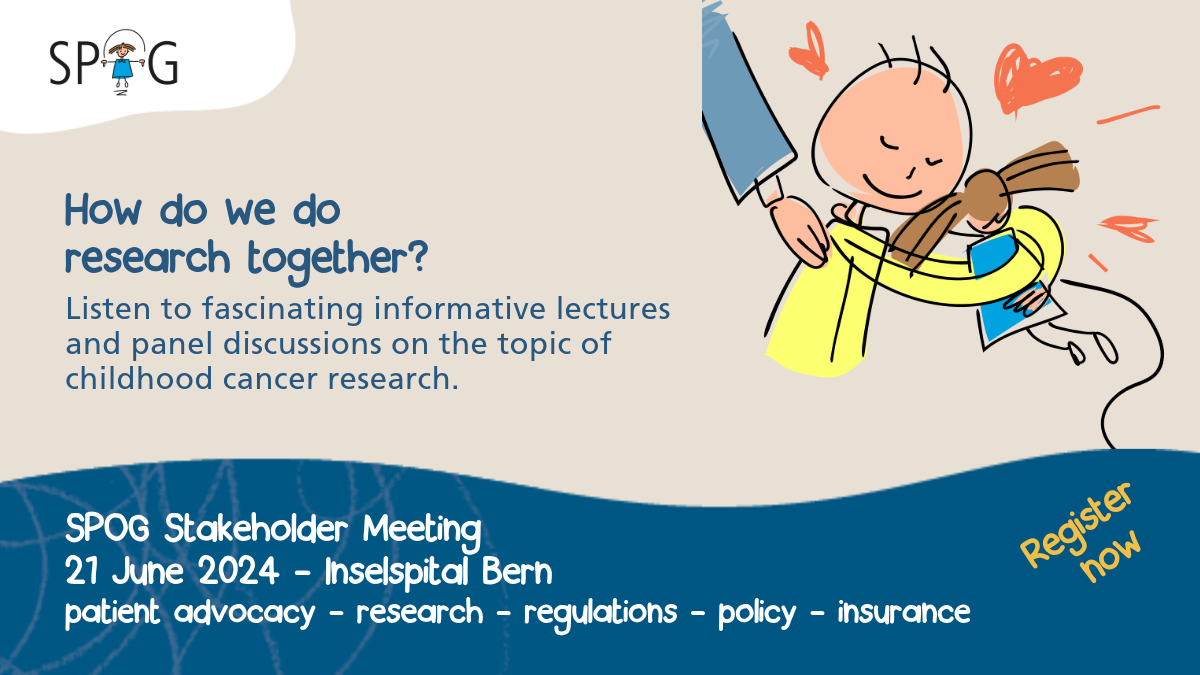STEP 2.0
These include malignant skin tumors, tumors of the ear, nose, and throat area, gastrointestinal tumors (colon, pancreas), or germ cell-stroma tumors (tumors that occur in the testes or ovaries).
In Switzerland, approximately 10 patients are expected to participate in STEP 2.0 each year. Children and adolescents with a malignant disease can often be treated within the framework of therapy studies today. This can also include consultation in the diagnosis and therapy by a large network of specialists. As a result, an improvement in treatment prospects can be achieved. Children and adolescents with very rare tumors cannot always benefit from these structures, as there are not therapy studies for all types of tumors.
Why is the study needed?
STEP 2.0 aims to gain new insights into the development and optimal examination, treatment, and medical follow-up of very rare tumors. These findings could potentially contribute to conducting therapy studies and ensuring that future patients receive the best possible treatment in the long term.
Responsible for the international implementation of the research project is the University Hospital Tübingen in Germany (Sponsor). In Switzerland, the Swiss Pediatric Oncology Group (SPOG) assumes responsibility for the execution of the project (Sponsor representation).
In short
- Rare tumors are being investigated. These must be a so-called solid tumor, such as malignant skin tumors, tumors of the ear, nose, and throat area, gastrointestinal tumors (colon, pancreas), or germ cell-stroma tumors (tumors that occur in the testes or ovaries).
- New findings should help improve the therapeutic methods for particularly rare tumours in childhood and adolescence.
- Participation can provide new insights regarding the development and treatment of rare tumors in children and adolescents. These insights can help future patients.




